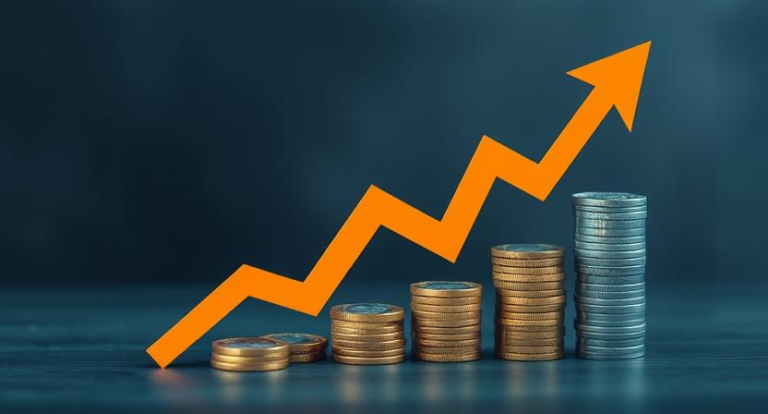When it comes to investing, as with all aspects of our daily lives, our personality also affects how we manage our assets. Therefore, before starting to invest, it’s essential to know what type of investor we are (risky, bold, moderate, or conservative), because investments should be chosen based on each individual’s profile. Do you like strong emotions or do you prefer to be more conservative with your investments?
How do we determine what type of investor we are?
An investor’s profile is determined by the amount and type of risk we are willing to take. In turn, the risk we are willing to take when investing will depend on factors such as monthly income, stability of our source of income, age, marital status, savings expectations, family members, etc.
For example, although at a younger age, investors may have fewer financial commitments and a greater willingness to take risks, this does not guarantee that they are risk-taking investors. By determining their profile, investors will know whether they should invest in variable income, such as stocks, where they have the potential for high returns but a higher risk of capital losses. Or, on the other hand, invest in fixed income, such as government bonds, with lower returns but lower risk.
What type of investor are you?
Below, we’ll describe the four main types of investors to better define our investment profile. We’ll differentiate between the following types of investors: risky investor, bold investor, moderate investor, and conservative investor.
Risky Investor
Risky or aggressive investors are those who like to take large risks in order to achieve large returns in a very short period of time. This type of investor can withstand the pressure generated by the ups and downs of their investments’ value, and they tend to be younger. These investors take large risks; the security of their capital takes second place to the possibility of obtaining high returns.
Moderate Investor
Moderate investors tend to be prudent and cautious with their decisions, although if necessary, they also take controlled risks to maximize their returns. These investors can be of many ages: young people starting to save with their first salaries, parents with the ability to save, and people approaching retirement.
This type of investor is willing to accept some losses if they increase the possibility of extra profit.
Moderate investors tend to invest in diversified portfolios with medium- and long-term instruments. Their investment in open-ended debt funds is lower than that of aggressive investors, as they prefer debt bonds.
Conservative Investor
Conservative investors seek relatively stable returns with virtually no risk. These types of investors don’t typically achieve very high returns on their investments because they take virtually no risk, as they don’t want to worry about risking their savings.
These investors seek higher returns than bank deposits. This investor profile can sometimes be detrimental, as they are less sensitive to inflation and volatility and can lose out in terms of real returns.
This type of investor doesn’t have a specific profile; it can be a wide range of people. They can range from young people with low incomes who don’t want to risk losing their savings to those who already have a family to support, debt, or workers who have retired and don’t want to worry too much.
Although being a conservative investor isn’t the best strategy for maximizing our savings or generating a large amount of extra income, it can be a good option for long-term savings without worries.
How to make decisions according to each type of investor
This clearly depends on each person, but to give a guideline, they need to remember what their goals are, how long they’re looking for results, and how much risk they can accept.
Examples of this could be:
If you are a conservative investor, that investment decision would not jeopardize your assets and fits your time and risk plans.
Or in the case of risk, it may be whether the risk being assumed compensates for the expected benefits or returns.
Can you get money quickly if you are a risky investor?
Yes, but obviously, for this you have to reach a very advanced analysis, which usually takes several years, because you have to remember that there is no point in taking risks if you don’t have the statistics and data in your favor, because otherwise it would be like gambling.
Questions to know what type of investor you are
Below you can review a series of questions to find out what type of investor you are.
- How old are you?
- Are you married? Do you have children?
- What percentage of your savings will you invest?
- What is your investment goal?
- In how many years do you want to withdraw the money from your investment?
- How knowledgeable are you about financial markets? And about investments?
- What risk are you willing to take?
- What will you do if your investments start to lose value?
We must understand our needs and preferences to classify ourselves as investors: risky, bold, moderate, and conservative. We must also keep in mind that there are intermediate levels for all types of investors, and that this can vary throughout their lives as their possibilities and needs change. Which one do you identify with?
Conclusion
We can see that there are several types of investors and that there will be times when some make decisions that are not usually those that their profile would normally make; however, this serves as a reference parameter for how our investment decisions should normally be. Although there is no type of investor that is better than another, we must always remember that the one who is consistent in their analysis is the one who will achieve their objectives more easily.




